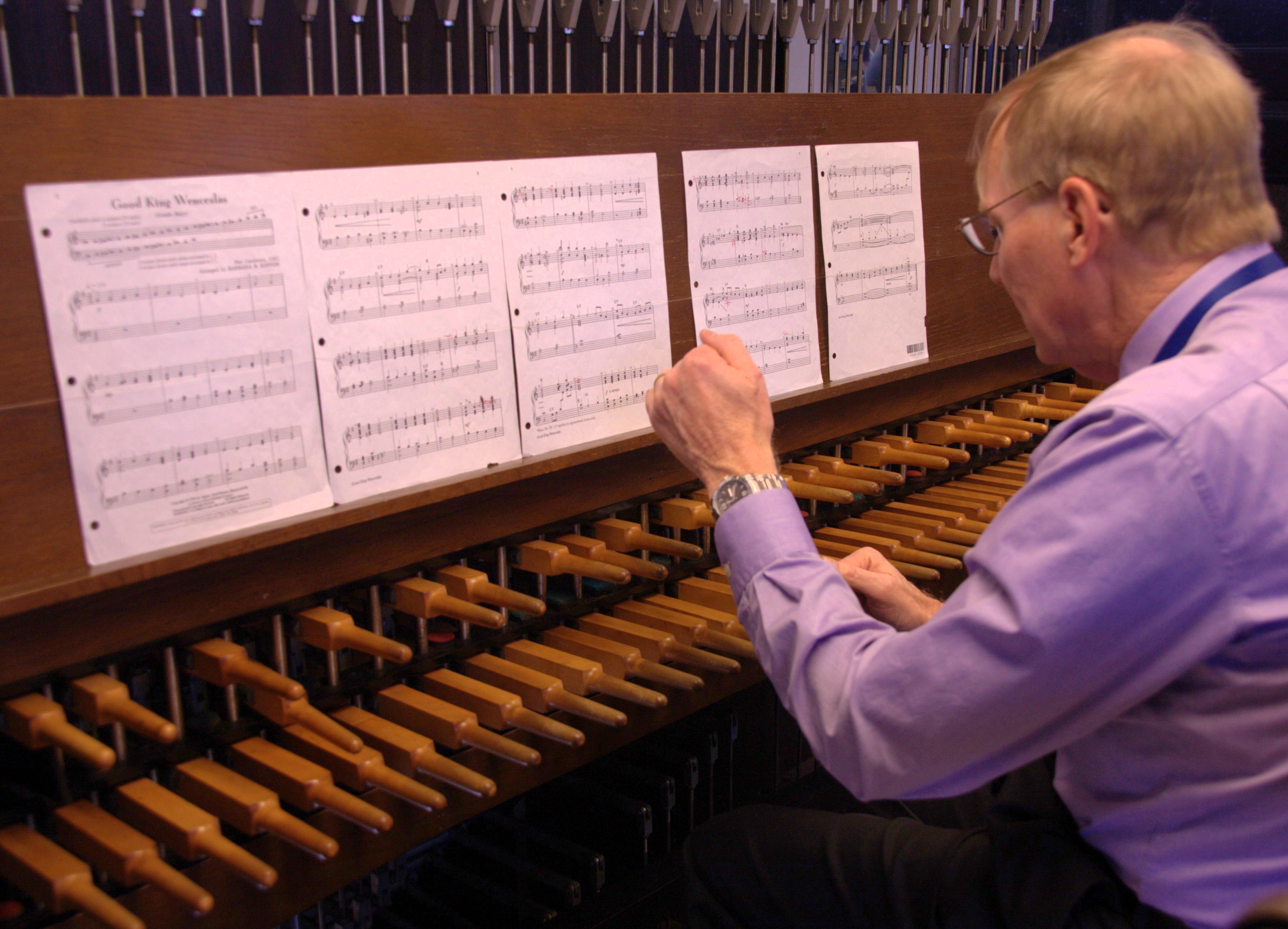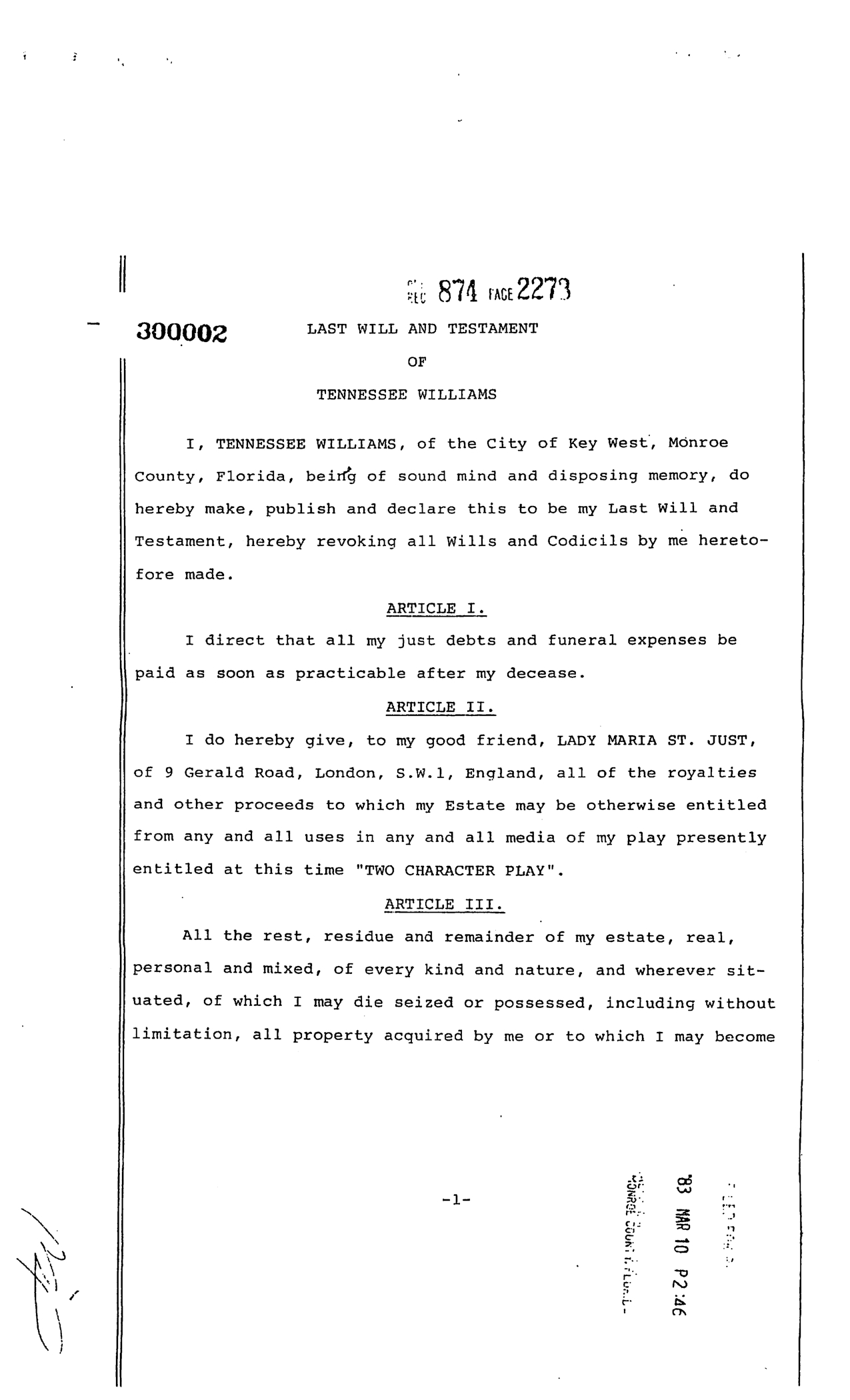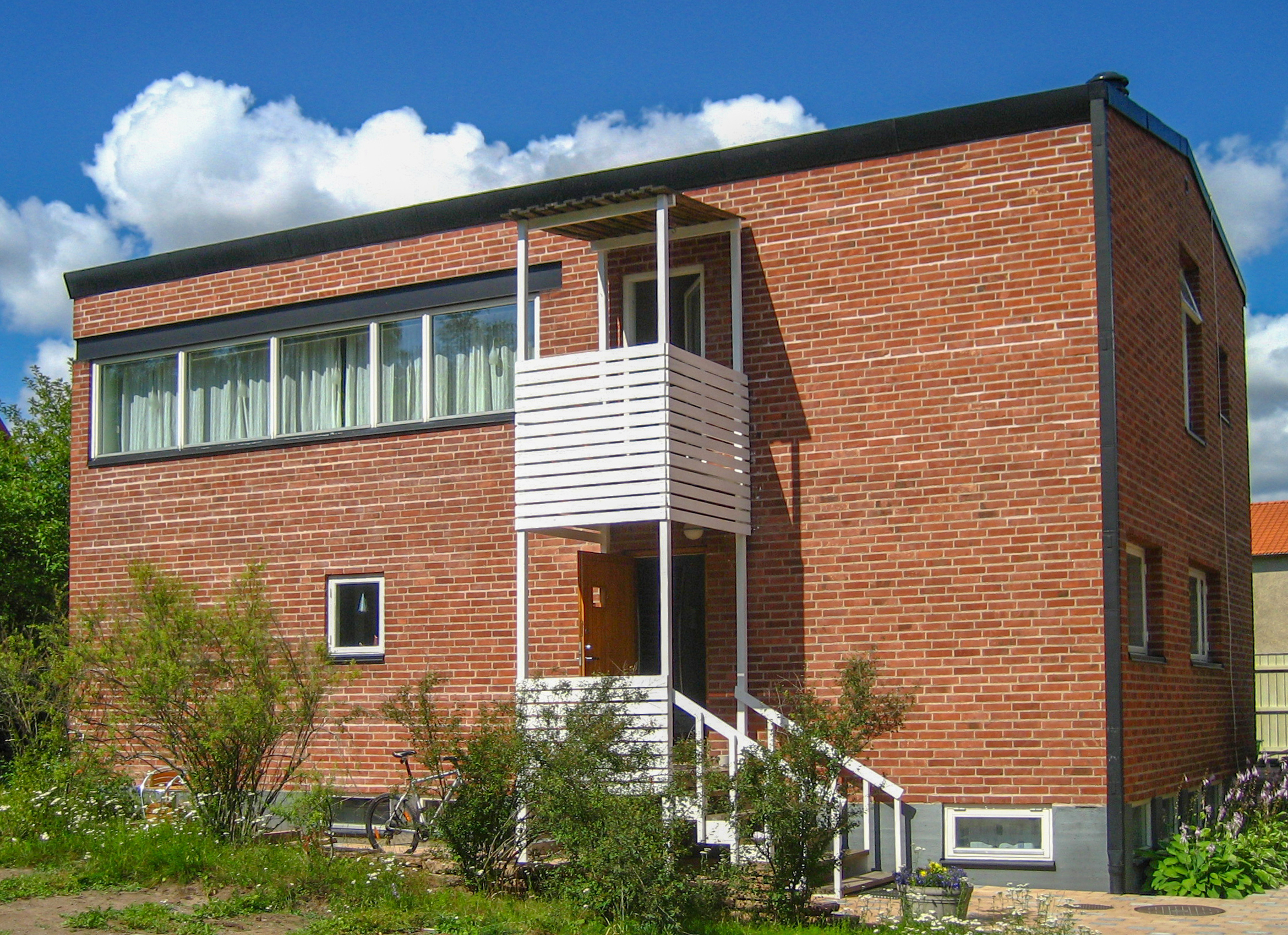|
Thomas Rees Memorial Carillon
The Thomas Rees Memorial Carillon is a carillon located in Washington Park in Springfield, Illinois. The brutalist tower stands 132 feet and is constructed from concrete, brick and steel. It was dedicated in 1962 and designed by Bill Turley. Each year the carillon hosts the International Carillon Festival which features world-renowned carillonneurs. History The Thomas Rees Memorial Carillon is the gift of Thomas Rees, a one-term Illinois senator elected in 1902, who also published the ''Illinois State Register'' from 1881 until his death in 1933. During World War I, Rees served on the International Board of Arbitration for newspapers and later for unions, which gave him the opportunity to travel throughout Europe. Rees attributed his great interest in bells to visiting carillons in Belgium and the Netherlands. His initial interest is claimed to be the result of articles he had read in National Geographic, among other publications. Rees provided $200,000 from a trust fund to b ... [...More Info...] [...Related Items...] OR: [Wikipedia] [Google] [Baidu] |
Carillon
A carillon ( , ) is a pitched percussion instrument that is played with a keyboard and consists of at least 23 cast-bronze bells. The bells are hung in fixed suspension and tuned in chromatic order so that they can be sounded harmoniously together. They are struck with clappers connected to a keyboard of wooden batons played with the hands and pedals played with the feet. Often housed in bell towers, carillons are usually owned by churches, universities, or municipalities. They can include an automatic system through which the time is announced and simple tunes are played throughout the day. Carillons come in many designs, weights, sizes, and sounds. They are among the world's heaviest instruments, and the heaviest carillon weighs over . Most weigh between . To be considered a carillon, a minimum of 23 bells are needed; otherwise, it is called a chime. Standard-sized instruments have about 50, and the world's largest has 77 bells. The appearance of a carillon dep ... [...More Info...] [...Related Items...] OR: [Wikipedia] [Google] [Baidu] |
Will And Testament
A will or testament is a legal document that expresses a person's ( testator) wishes as to how their property (estate) is to be distributed after their death and as to which person ( executor) is to manage the property until its final distribution. For the distribution (devolution) of property not determined by a will, see inheritance and intestacy. Though it has at times been thought that a "will" historically applied only to real property while "testament" applied only to personal property (thus giving rise to the popular title of the document as "last will and testament"), the historical records show that the terms have been used interchangeably. Thus, the word "will" validly applies to both personal and real property. A will may also create a testamentary trust that is effective only after the death of the testator. History Throughout most of the world, the disposition of a dead person's estate has been a matter of social custom. According to Plutarch, the written will ... [...More Info...] [...Related Items...] OR: [Wikipedia] [Google] [Baidu] |
Brutalism
Brutalist architecture is an architectural style that emerged during the 1950s in the United Kingdom, among the reconstruction projects of the post-war era. Brutalist buildings are characterised by minimalist constructions that showcase the bare building materials and structural elements over decorative design. The style commonly makes use of exposed, unpainted concrete or brick, angular geometric shapes and a predominantly monochrome colour palette; other materials, such as steel, timber, and glass, are also featured. Descending from the modernist movement, Brutalism is said to be a reaction against the nostalgia of architecture in the 1940s. Derived from the Swedish phrase ''nybrutalism,'' the term "New Brutalism" was first used by British architects Alison and Peter Smithson for their pioneering approach to design. The style was further popularised in a 1955 essay by architectural critic Reyner Banham, who also associated the movement with the French phrases ''bét ... [...More Info...] [...Related Items...] OR: [Wikipedia] [Google] [Baidu] |
Hoogland Center For The Arts
The Hoogland Center for the Arts is a theater complex at 420 South Sixth Street in the central city neighborhood of Springfield, Illinois Springfield is the capital of the U.S. state of Illinois and the county seat and largest city of Sangamon County. The city's population was 114,394 at the 2020 census, which makes it the state's seventh most-populous city, the second largest .... It houses three theaters and five smaller performance and exhibit spaces totaling with an adjacent parking deck. History The Hoogland Center building was operated for more than ninety years, from 1909 until 2001, as the temple complex of Springfield Lodge No. 4 of the Ancient Free and Accepted Masons. The original building was constructed in 1909, and a major expansion was added in 1960. Declining local participation in the Masonic order led to the structure changing hands in 2001 when a local developer purchased it for $350,000 and undertook an extensive renovation that gutted for former inter ... [...More Info...] [...Related Items...] OR: [Wikipedia] [Google] [Baidu] |
Slideshow
A slide show (slideshow) is a presentation of a series of still images ( slides) on a projection screen or electronic display device, typically in a prearranged sequence. The changes may be automatic and at regular intervals or they may be manually controlled by a presenter or the viewer. Slide shows originally consisted of a series of individual photographic slides projected onto a screen with a slide projector. When referring to the video or computer-based visual equivalent, in which the slides are not individual physical objects. A slide show may be a presentation of images purely for their own visual interest or artistic value, sometimes unaccompanied by description or text, or it may be used to clarify or reinforce information, ideas, comments, solutions or suggestions which are presented verbally. Slide shows are sometimes still conducted by a presenter using an apparatus such as a carousel slide projector or an overhead projector, but now the use of an electronic vid ... [...More Info...] [...Related Items...] OR: [Wikipedia] [Google] [Baidu] |
Midwest Living
''Midwest Living'' is a regional American magazine published by Dotdash Meredith focused on the American Midwest. Founded in 1986, the magazine publishes region-specific information and inspiration, focusing on travel and events, food and dining, and home and garden, as well as other editorial content categories. Headquartered in Des Moines, Iowa, ''Midwest Living'' magazine is published quarterly and reaches 4.1 million readers, primarily in the 12 Heartland states (Illinois, Indiana, Iowa, Kansas, Michigan, Minnesota, Missouri, Nebraska, North Dakota, Ohio, South Dakota and Wisconsin). ''Midwest Living'' leadership Kylee Krizmanic is the editorial content director of ''Midwest Living.'' Previously, Krizmanic served as the magazine's creative director. She is the brand's first female editor-in-chief. Trevor Meers was editor-in-chief of ''Midwest Living'' until March 2019. Previously, Meers was the managing editor of ''Midwest Living.'' Greg Philby was editor-in-chief of ''Midw ... [...More Info...] [...Related Items...] OR: [Wikipedia] [Google] [Baidu] |
Aarle-Rixtel
Aarle-Rixtel is a village in the Dutch municipality of Laarbeek in North Brabant. It lies about 4 km north of Helmond. Since the municipal reorganization of 1968 the castle Croy is part of Aarle-Rixtel. History Aarle was first mentioned in 1249 as Arleh, and means "open forest with maple trees". Rixtel was first mentioned in 1179 as Ricstelle. The etymology is unknown. The villages developed in the Middle Ages along the Aa River. The two villages merged into a single entity. Aarle used to be a site of pilgrimage, and had a church, guesthouse, monastery and an inn. The Chapel of Our Lady in the Sand is a pilgrimage site which was built around 1500. It was rebuilt in 1597. In 1846, it was converted to town hall, but became a chapel agan in 1853. In 1969, it was restored and made symmetrical again. There is a little 16th-century Mary statue inside in the chapel which allegedly has performed miracles. The Our Lady Presentation Church was built between 1844 and 1846 in neocl ... [...More Info...] [...Related Items...] OR: [Wikipedia] [Google] [Baidu] |
B♭ (musical Note)
B (B-flat) is the eleventh step of the Western chromatic scale (starting from C). It lies a diatonic semitone above A and a chromatic semitone below B, thus being enharmonic to A, even though in some musical tunings, B will have a different sounding pitch than A. B-flat is also enharmonic to C (C-double flat). When calculated in equal temperament with a reference of A above middle C as 440 Hz, the frequency of the B above middle C is approximately 466.164 Hz. See pitch (music) for a discussion of historical variations in frequency. While orchestras tune to an A provided by the oboist, wind ensembles usually tune to a B-flat provided by a tuba, horn, or clarinet. In Germany, Russia, Poland and Scandinavia, this pitch is designated B, with 'H' used to designate the B-natural. Since the 1990s, B-flat is often denoted Bb or "Bess" instead of B in Swedish music textbooks. Natural B is called B by Swedish jazz and pop musicians, but still denoted H in classical music. See B (m ... [...More Info...] [...Related Items...] OR: [Wikipedia] [Google] [Baidu] |
State Journal Register
''The State Journal-Register'' is the only local daily newspaper for Springfield, Illinois, and its surrounding area. It was founded in 1831 as the ''Sangamo Journal'' by William Bailhache and Edward Baker, and describes itself as "the oldest newspaper in Illinois". As such, it and its editor, Edward L. Baker, supported the political career of the Springfield-based Abraham Lincoln in the years before the American Civil War; in fact, it was in the ''Journal''s office that Lincoln and his friends waited for the telegraphic news from Chicago to find out who would be the Republican presidential nominee in 1860. Later in publication, the name was changed to ''Illinois State Journal''. The cover-price is $2 daily, $4.50 on Sunday. Copley Press bought the ''State Journal'' in 1927. In 1942, it bought Springfield's afternoon paper, the ''Illinois State Register''. For years, the two papers maintained separate editorial stances, with the ''State Journal'' tilting Republican and the ''Stat ... [...More Info...] [...Related Items...] OR: [Wikipedia] [Google] [Baidu] |
G♭ (musical Note)
G (G-flat; also called Ges or sol bémol) is the seventh semitone of the solfège. It lies a diatonic semitone above F and a chromatic semitone below G, thus being enharmonic to F (F-sharp) or ''fa dièse''. However, in some temperaments, it is not the same as F. G is a major third below B, whereas F is a major third above D (a minor third below A). When calculated in equal temperament with a reference of A above middle C as 440 Hz, the frequency of the G semitone is approximately 369.994 Hz. See pitch (music) for a discussion of historical variations in frequency. Designation by octave Scales Common scales beginning on G * G major: G A B C D E F G * G natural minor: G A B C D E F G * G harmonic minor: G A B C D E F G * G melodic minor ascending: G A B C D E F G * G melodic minor descending: G F E D C B A G Diatonic scales * G Ionian: G A B C D E F G * G Dorian: G A B C D E F G * G Phrygian: G A B C D E F G * G Lydian: G A B C D E F G * G Mixolydian: G A B C D E F G ... [...More Info...] [...Related Items...] OR: [Wikipedia] [Google] [Baidu] |
Bronze
Bronze is an alloy consisting primarily of copper, commonly with about 12–12.5% tin and often with the addition of other metals (including aluminium, manganese, nickel, or zinc) and sometimes non-metals, such as phosphorus, or metalloids such as arsenic or silicon. These additions produce a range of alloys that may be harder than copper alone, or have other useful properties, such as strength, ductility, or machinability. The archaeological period in which bronze was the hardest metal in widespread use is known as the Bronze Age. The beginning of the Bronze Age in western Eurasia and India is conventionally dated to the mid-4th millennium BCE (~3500 BCE), and to the early 2nd millennium BCE in China; elsewhere it gradually spread across regions. The Bronze Age was followed by the Iron Age starting from about 1300 BCE and reaching most of Eurasia by about 500 BCE, although bronze continued to be much more widely used than it is in modern times. Because histori ... [...More Info...] [...Related Items...] OR: [Wikipedia] [Google] [Baidu] |
Bell Clapper
A bell is a directly struck idiophone percussion instrument. Most bells have the shape of a hollow cup that when struck vibrates in a single strong strike tone, with its sides forming an efficient resonator. The strike may be made by an internal "clapper" or "uvula", an external hammer, or—in small bells—by a small loose sphere enclosed within the body of the bell ( jingle bell). Bells are usually cast from bell metal (a type of bronze) for its resonant properties, but can also be made from other hard materials. This depends on the function. Some small bells such as ornamental bells or cowbells can be made from cast or pressed metal, glass or ceramic, but large bells such as a church, clock and tower bells are normally cast from bell metal. Bells intended to be heard over a wide area can range from a single bell hung in a turret or bell-gable, to a musical ensemble such as an English ring of bells, a carillon or a Russian zvon which are tuned to a common scale and insta ... [...More Info...] [...Related Items...] OR: [Wikipedia] [Google] [Baidu] |





